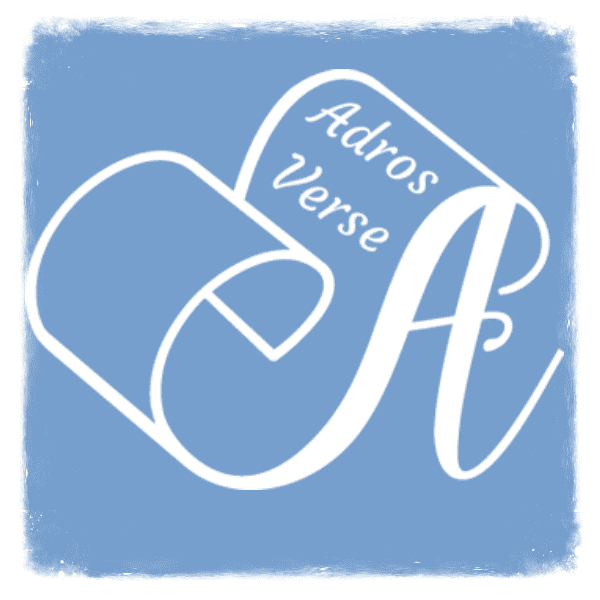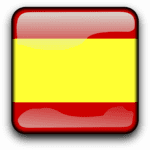1. Alphabet & Pronunciation
1.1. Vowels
2. Similarities to English
2.1. Capitalization
2.2. Negation
2.3. Punctuation & Written Accents
3. Gender & Plural
4. Cardinal Numbers
5. Subject Personal Pronouns
6. Present Indicative Tense I
7. The Articles
8. Interrogative Pronouns & Adjectives
9. Basic Phrases
1. Prepositions
2. Present Indicative Tense II – Irregular Verbs
3. The Verb “To Be”: “Ser” vs. “Estar”
4. Future Tense
5. Possessive Adjectives & Pronouns
6. Demonstrative Adjectives & Pronouns
7. Object Personal Pronouns
8. Relative Pronouns
9. Ordinal Numbers I
10. Times & Seasons
1. “Por” vs. “Para”
2. The Verb “To Know”: “Saber” vs. “Conhecer”
3. Indefinite Adjectives & Pronouns
4. Present Progressive Tense
5. Present Perfect Tense
6. Special Uses of “Haver” & “Ter”
7. Telling Time & Describing Weather
8. Adverbs
9. Directions
1. Degrees of Comparison: Comparatives & Superlatives
2. Past Tense: Preterite vs. Imperfect
3. Conjunctions
4. Reflexive Pronouns & Verbs
5. Time Expressions: Ainda, Já, Acabar, and Desde
6. Present Subjunctive Tense
7. Future Perfect Tense
1. Imperative Mood & Giving Commands
2. Simple Conditional Tense
3. Future Subjunctive Tense
4. Perfect Subjunctive Tense
5. Imperfect Subjunctive Tense
6. Past & Conditional Progressive Tenses
7. Interjections
1. Ordinal Numbers II
2. “Would/Should/Could Have …”
3. Pluperfect Indicative Tense
4. Pluperfect Subjunctive Tense
5.”Although” & “Despite”
6. Passive Voice & Impersonal “Se”
7. Diminutives & Augmentatives
Ordinal numbers between 11 and 19 in Portuguese are as follows:
| onze | 11 | décimo primeiro/-a | 11.o / 11.a |
| doze | 12 | décimo segundo/-a | 12.o / 12.a |
| treze | 13 | décimo terceiro/-a | 13.o / 13.a |
| quatorze | 14 | décimo quarto/-a | 14.o / 14.a |
| quinze | 15 | décimo quinto/-a | 15.o / 15.a |
| dezesseis | 16 | décimo sexto/-a | 16.o / 16.a |
| dezessete | 17 | décimo sétimo/-a | 17.o / 17.a |
| dezoito | 18 | décimo oitavo/-a | 18.o / 18.a |
| dezenove | 19 | décimo nono/-a | 19.o / 19.a |
Ordinal numbers beyond 10 are less often used in Portuguese. However, it can be useful to know them. Ordinal numbers are adjectives and must agree in gender and number with the noun.
| vinte | 20 | vigésimo/-a | 20.o / 20.a |
| trinta | 30 | trigésimo/-a | 30.o / 30.a |
| quarenta | 40 | quadragésimo/-a | 40.o / 40.a |
| cinquenta | 50 | quinquagésimo/-a | 50.o / 50.a |
| sessenta | 60 | sexagésimo/-a | 60.o / 60.a |
| setenta | 70 | septuagésimo/-a | 70.o / 70.a |
| oitenta | 80 | octogésimo/-a | 80.o / 80.a |
| noventa | 90 | nonagésimo/-a | 90.o / 90.a |
| centenas | 100 | centésimo/-a | 100.o / 100.a |
| duzentos | 200 | ducentésimo/-a | 200.o / 200.a |
| trezentos | 300 | tricentésimo/-a | 300.o / 300.a |
| quatrocentos | 400 | quadricentésimo/-a | 400.o / 400.a |
| quinhentos | 500 | quingentésimo/-a | 500.o / 500.a |
| seiscentos | 600 | sexcentésimo/-a | 600.o / 600.a |
| setecentos | 700 | setecentésimo/-a | 700.o / 700.a |
| oitocentos | 800 | oitocentésimo/-a | 800.o / 800.a |
| novecentos | 900 | novecentésimo/-a | 900.o / 900.a |
| mil | 1.000 | milésimo/-a | 1000.o / 1000.a |
| milhão | 1.000.000 | milionésimo/-a | 1000000.o / 1000000.a |
Numbers following the names of kings and queens are ordinal from first to tenth, and cardinal above that, e.g., Isabel Segunda (2.a), Eduardo Terceiro (3.o), Louis Quatorze (14), Afonso Treze (13), etc.
Fractional numbers from 11th and above are all equivalent to the ordinal numbers.
Collective Numbers
A collective number refers to a set or group of items. Examples include:
| um par | a pair, a couple |
| uma dúzia | a dozen |
| uma centena | a set of 100, around 100 |
Quiz: Ordinal Numbers II
Next: “Should/Could/Would Have …”
Other lessons in Level VI:









